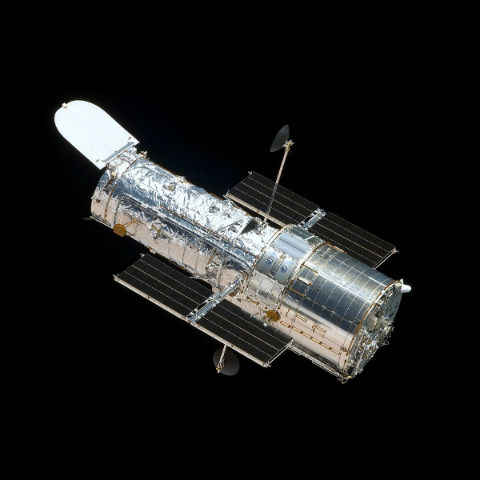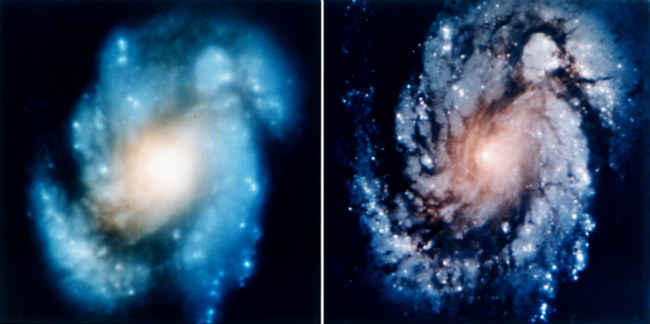A quick look at the Hubble Space telescope on the 29th anniversary of its deployment

Twinkle, twinkle, little star. How I wonder what you are! Bear with us, there is a reason why we start this story with this nursery rhyme. This little stanza from the poem almost perfectly encapsulates the reason why the Hubble Space Telescope, was deployed 29 years ago on this very day. How? Read on.
Human beings have always been very curious about the world above us. The invention of the telescope satiated that curiosity a bit, but there were some problems. You see, stars don't really twinkle. The effect is caused when starlight enters the Earth’s atmosphere, where it gets affected by winds, temperature, density and more. This makes it a little tough to properly see them. The solution was to move higher where the atmosphere is thinner and the light pollution from cities is lower. However, there is only so high to can get. At least here on earth.
The Hubble Space Telescope wasn’t the first or the only space telescope to be launched, but it is arguably the most famous of the lot. Launched aboard the Space Shuttle Discover on April 24, 1990, it was deployed in space on April 25, 1990. It would enter service on May 20, that same year. However, it wasn’t all smooth sailing.
Initial setback
When the telescope first sent back images, astronomers noted that the images weren’t as clear as they had expected them to be. It was found that there was a flaw in the mirror used in the telescope. Getting that replaced, would be too expensive. Scientists and researchers instead sent astronauts back up to try and fix the telescope. The solution was pretty simple. They essentially added an extra lens in front of the telescope, which acted like a pair of glasses. The results were immediately noticeable.
Left: Before servicing. Right: After servicing
Important discoveries
The Hubble Space Telescope has helped astronomers take a better look at the universe, while also expanding their knowledge of the same. Here’s a look at some notable discoveries that the Hubble Space Telescope helped with.
- One of the primary mission targets for the telescope was to help constrain the value of the Hubble constant. This constant is needed to estimate the size and age of the universe and finding it’s true value is a little complicated. The telescope aims to narrow down the value of the constant by accurately measuring the distances to Cepheid variable stars.
- The repair work on the Hubble Space Telescope was completed just in time to view the impact of the Comet Showmaker-Levy 9 on Jupiter’s southern hemisphere. The images helped to study the dynamics of a comet’s collision with Jupiter.
- Hubble has also helped to showcase more of the universe thanks to the likes of the Hubble Deep Field, Hubble Ultra-Deep Field, and Hubble Extreme Deep Field images. It also helped to discover a fifth moon orbiting around Pluto.
- Hubble helped capture the first-ever predicted reappearance of a supernova. This was named ‘SN Refsdal’ by researchers.
The Hubble Space Telescope is expected to retire somewhere between 2030 and 2040, so it is already on the latter half of its life cycle. The telescope is scheduled to be replaced by the James Webb Space Telescope, which is scheduled to be launched in March 2021.
Main image credit: Wiki commons
Intext image credit: NASA
Digit NewsDesk
Digit News Desk writes news stories across a range of topics. Getting you news updates on the latest in the world of tech. View Full Profile






